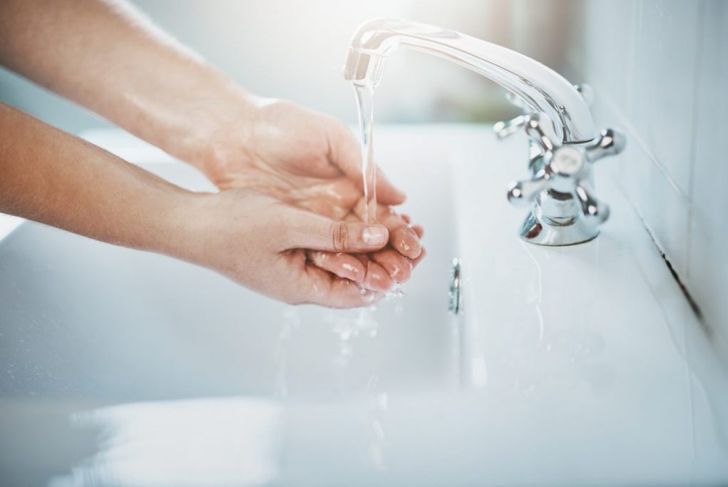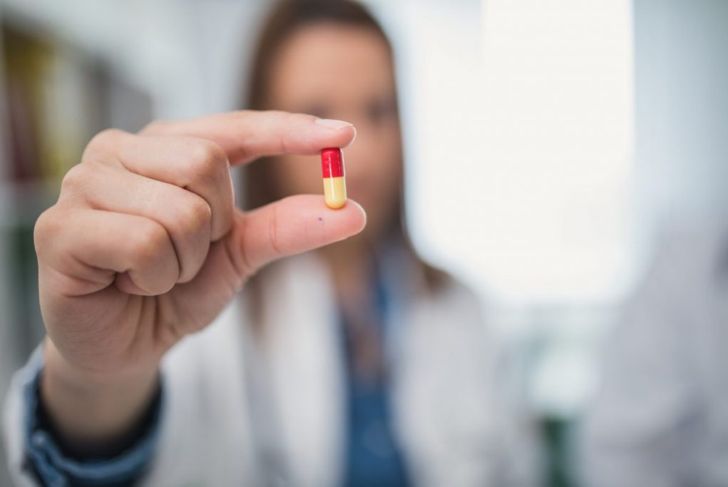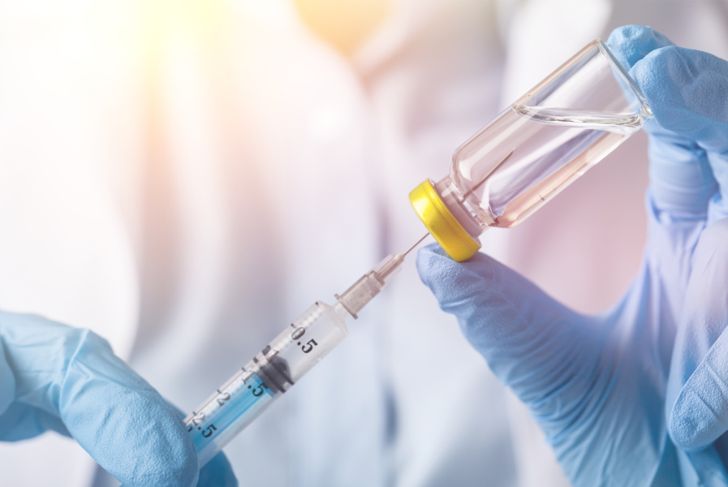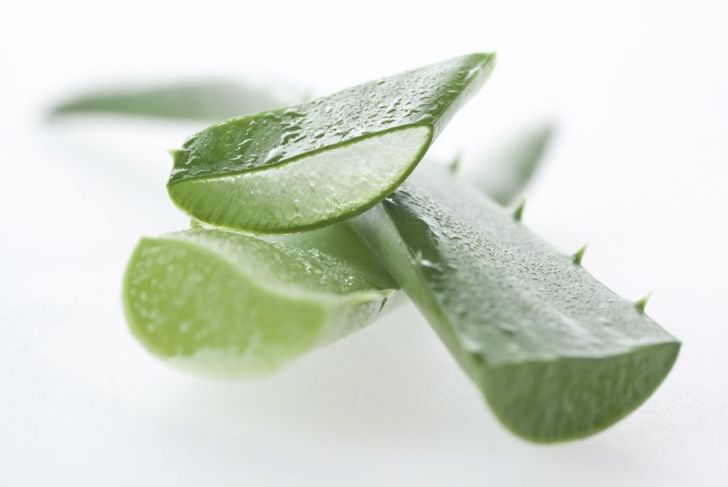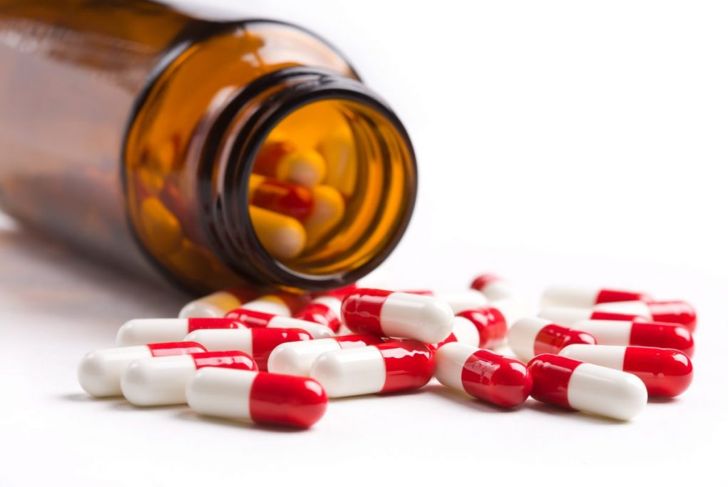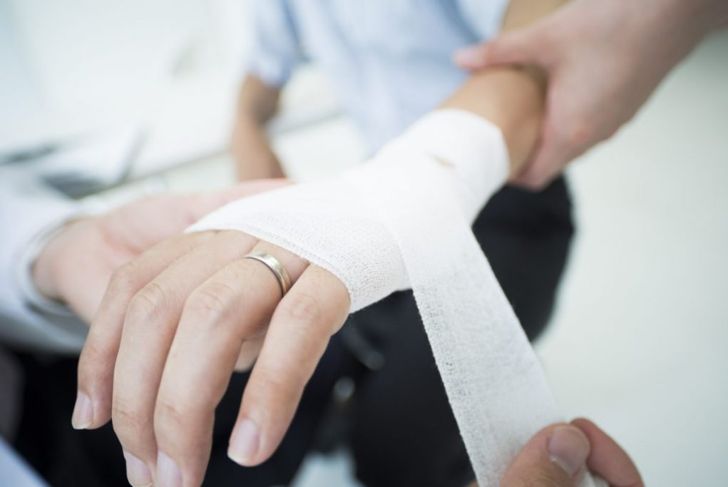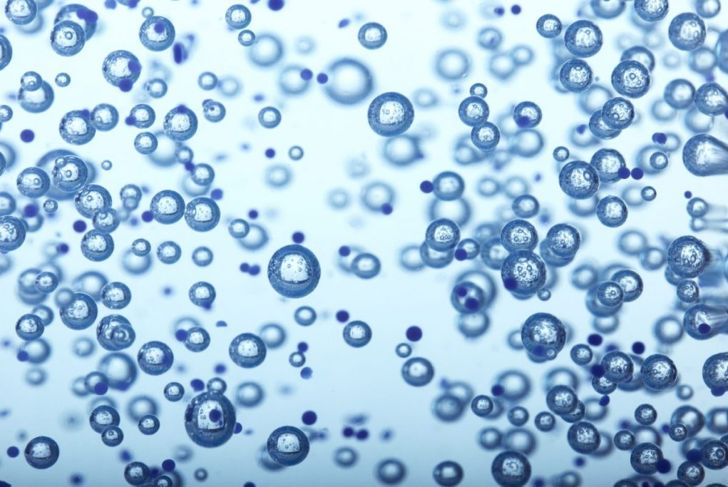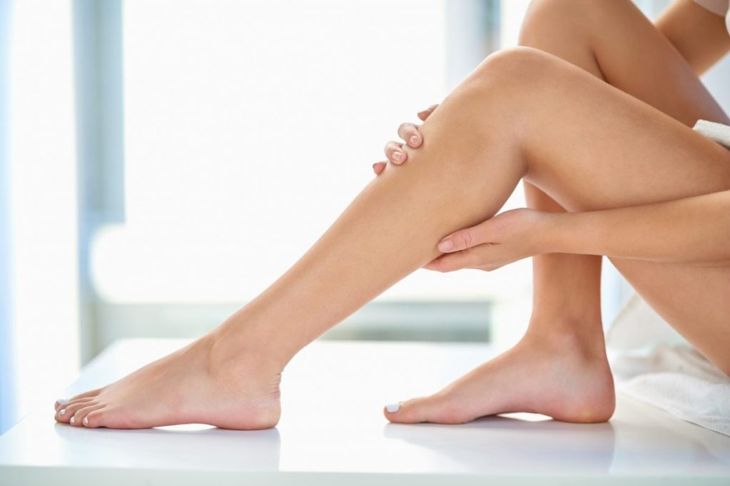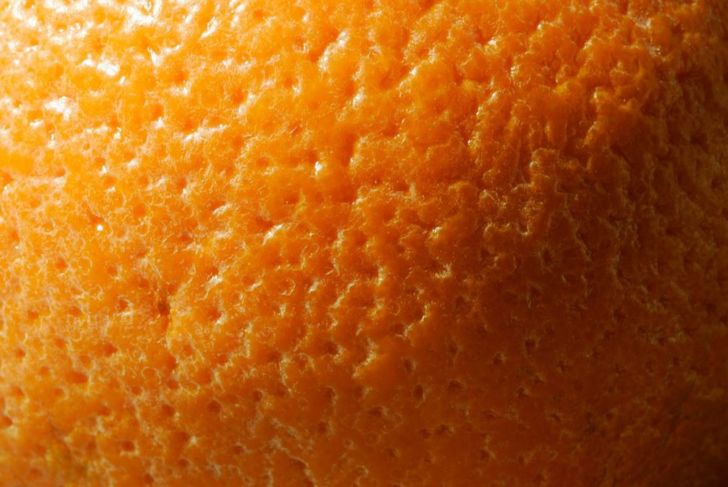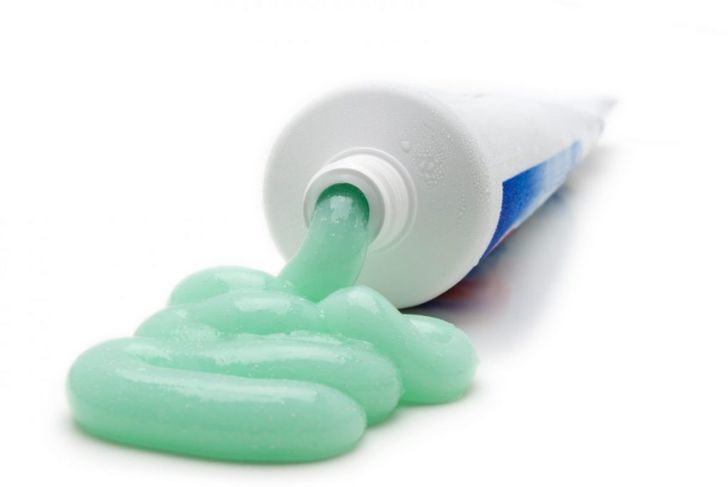Burns are never pleasant. They can happen at any time, even while cooking in the kitchen. Burns are an unfortunate part of life, so it is important to know how to treat them. The type of medical burn treatment you receive depends on the type of burn you have. Burn severity ranges from first degree to third degree. The higher the degree, the more medical attention one requires. Some burns require only home treatment, while others call for medical intervention.
Cool Water
Cool water is the first and foremost at-home treatment for burns. This method is for first-degree burns, which occur when you accidentally touch a hot pan when you are getting it out of the stove, for instance. First-degree burns only affect the top layer of skin and do not cause much (if any) blistering or lasting effects. Cool water from the sink is often enough to ease the sting, although you should never use ice, as this tends to make the damage worse in the end.
Pain Relievers
Analgesics are often a good place to start when dealing with a painful burn. They lessen the pain and make it easier to ignore the stinging and itching as the burn heals. If the burn is severe, a doctor may prescribe stronger pain relievers. These are a common method of medical burn treatment and are most effective when used simultaneously with one of the other treatments mentioned in this list.
Numbing Agents
Numbing anesthetics can be helpful. They cannot be used for all types of burns but is usually effective for first-degree burns. Much like the anesthetic used in the doctor or dentist’s office, these injectables temporarily block the signals sent between the nerves in your skin, preventing the pain signal from getting through. If only the top layer of skin is burned, this can be a great way to relieve pain long enough for the burn to heal on its own.
Aloe Vera
Mothers and grandmothers all over the world have sworn by aloe vera for generations, and it turns out they were right to do so. Aloe vera (in its natural plant form or as a gel) can help soothe burns by acting as an anti-inflammatory agent, reducing swelling and redness. It also restores moisture to dry, burned skin, making it feel better much faster. Keeping an aloe vera plant around the house (especially in the kitchen) can be a great way to have an effective, natural burn treatment on hand at all times.
Antibiotics
Antibiotics are often used by doctors and medical professionals to treat burns and prevent infection. While doctors may prescribe antibiotic creams for home use for both first- and second-degree burns, third-degree burns may require intravenous administration, as they involve a lot of skin and deep tissue and nerve damage that often must be treated from the inside. Antibiotics stave off infection, which helps the burn heal more quickly, and may prevent further damage.
Gauze
Gauze can loosely cover first- and second-degree burns, even at home. The caregiver may apply antibiotic gel or aloe vera to the wound, then cover it with the gauze. This keeps the gel or other medication in place and keeps dirt, germs, and other foreign matter from entering the wounds caused by blisters. It is important, though, not to make the gauze wrap too tight, as it can stick to the burn and cause more pain and damage upon removal. Gauze also requires frequent changing to ensure it does not introduce foreign bodies into the wound as it gets dirty.
Hyaluronic acid
Hyaluronic acid can be used for all types of wounds, including burns. It occurs naturally in the body and, like aloe vera, it moisturizes the skin and promotes healing both inside and out. It works as a cushion and a lubricant that can keep the blister or burn moisturized beneath a gauze wrap. It is important to note, however, that there is not enough scientific evidence yet to prove that hyaluronic acid is effective for treating burns. Anecdotal evidence supports its usefulness, but it may be best to consult a doctor before using it.
Skin Grafting
Individuals should never attempt to treat third-degree burns at home, as incorrect care can cause severe scarring that may never heal. Surgeries such as skin grafting may replace the damaged or destroyed skin and prevent permanent disfigurement. During a skin graft, skin is taken from another area of the body (usually a place that is hidden by clothing, such as the abdomen, hip, or outer thigh) to create a new layer of protective skin for the damaged area.
Artificial Skin
While doctors overwhelmingly prefer to use skin from the patient’s own body for a skin graft, sometimes this is not possible, particularly if a burn is covering a large percentage of the body. In this case, surgeons use a synthetic or artificial skin to cover the burned areas. This method may sound strange, but it has saved thousands of lives.
Ignoring Bad Treatment Advice
This item is not technically a common medical burn treatment, but it is important. There is a lot of false information on the internet and out in the world about how to treat burns, and while some of these dicey methods are just useless, others could be very dangerous. You may have seen the suggestion of toothpaste or raw eggs to treat a burn, for instance. This does nothing to help, however, and can lead to infection and further damage to the skin. Be careful with home remedies and always consult a doctor before starting any treatment plan.

 Home
Home Health
Health Diet & Nutrition
Diet & Nutrition Living Well
Living Well More
More